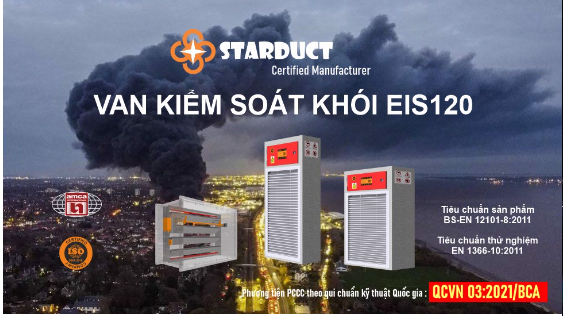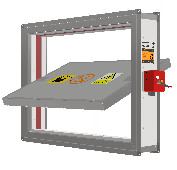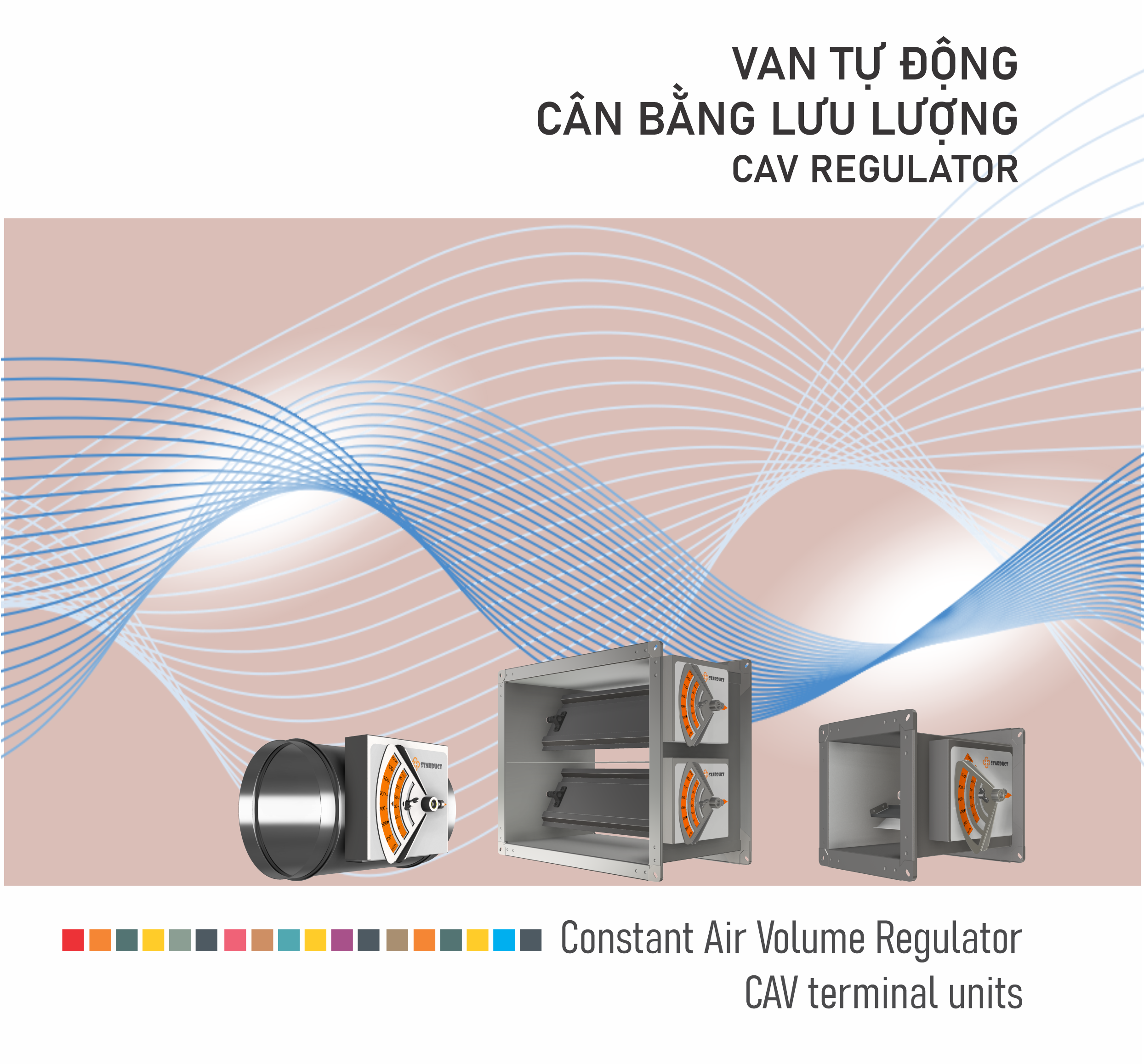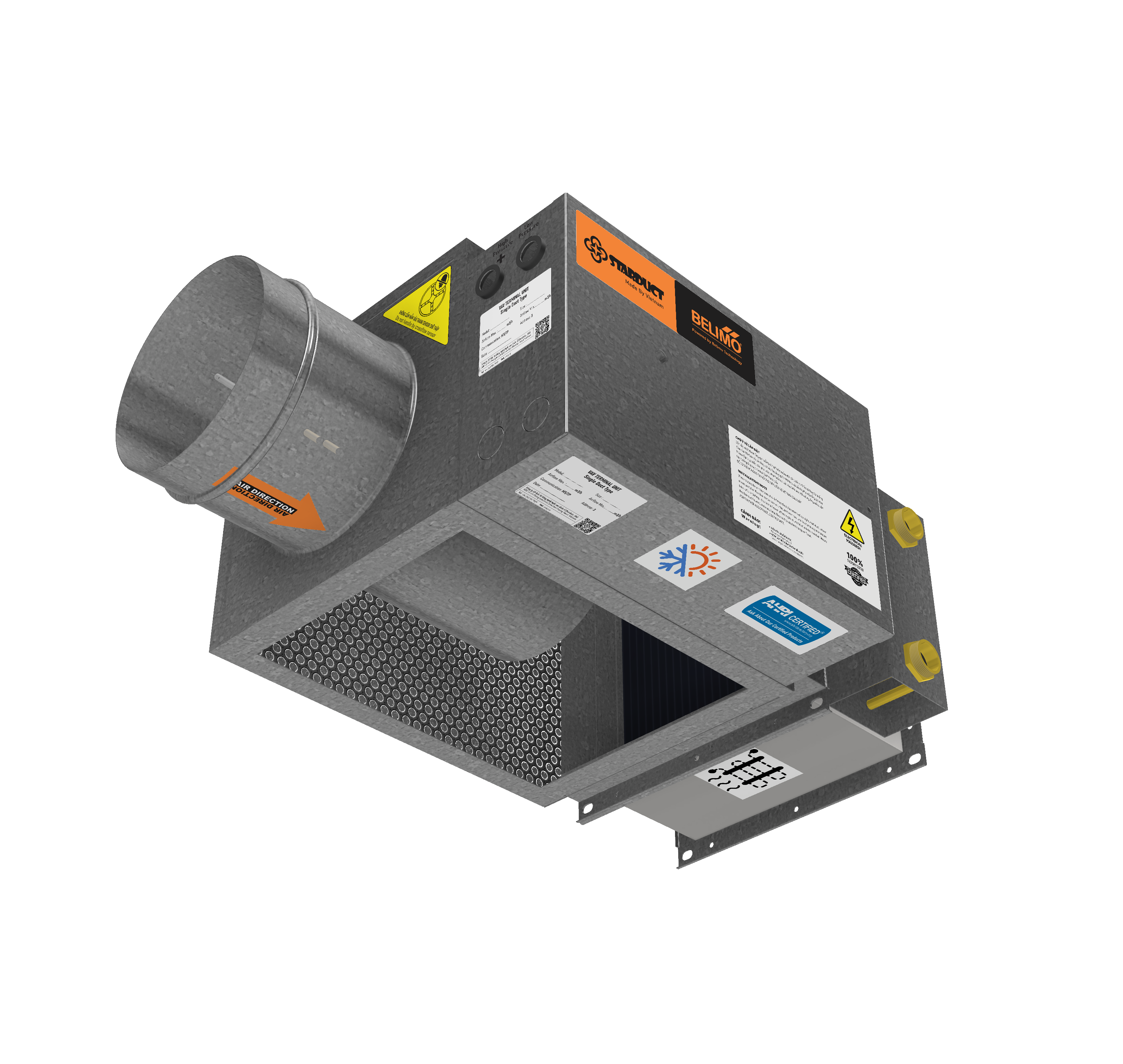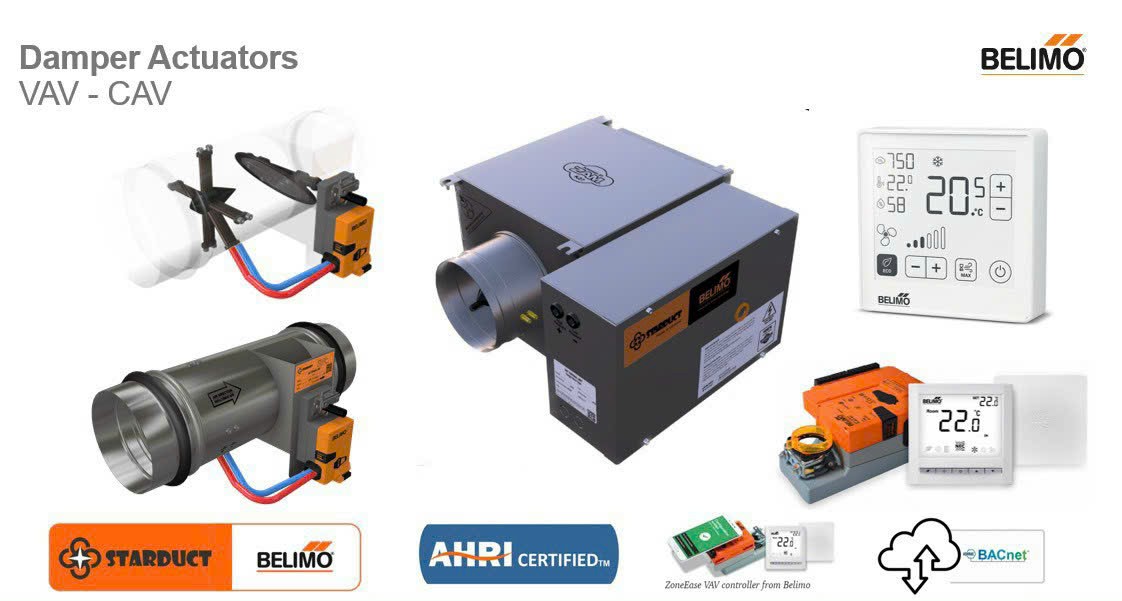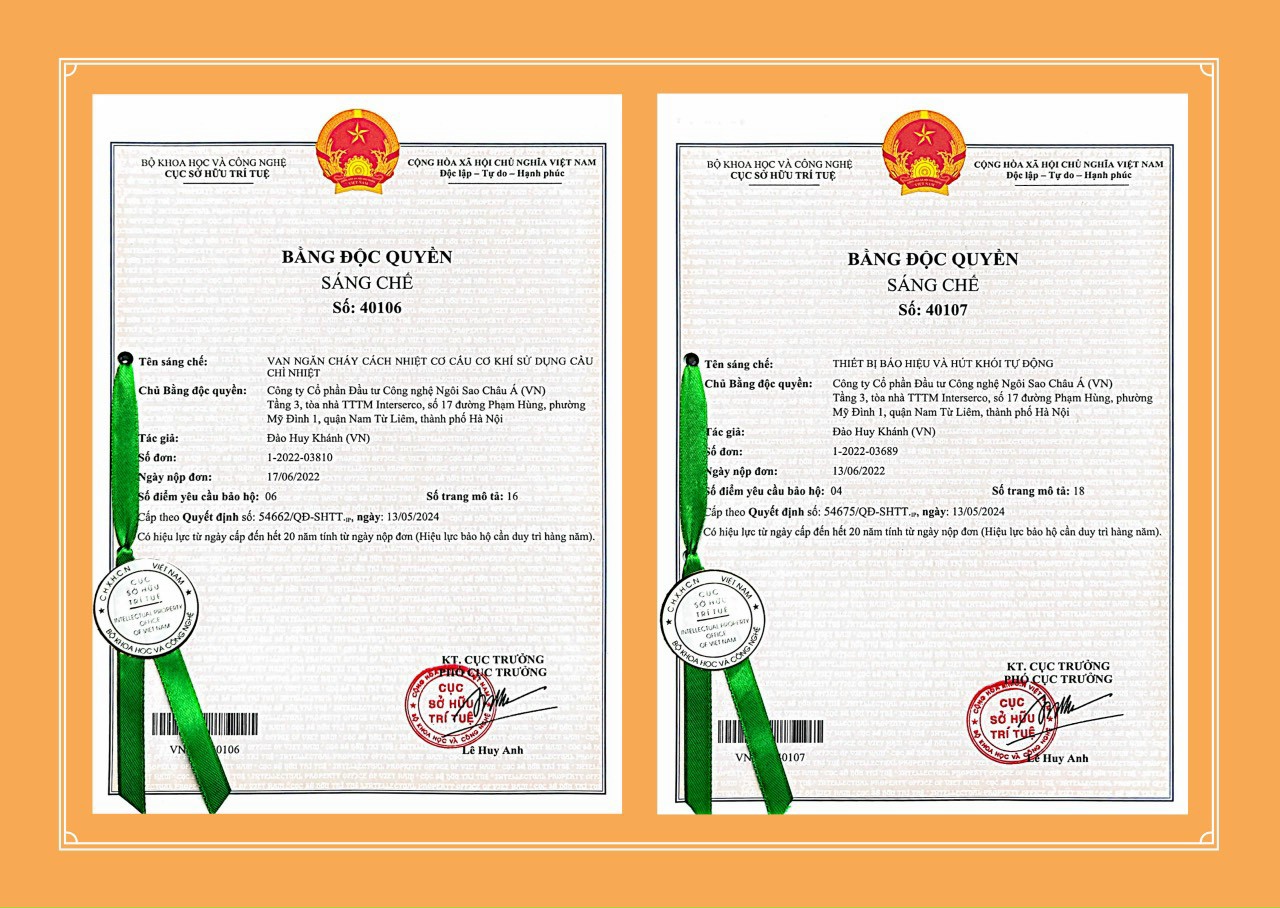
Introduction
In the field of fire safety, ISO 21925 and EN 1366 are both standards that assess the fire resistance of fire dampers used in ventilation systems. However, they are issued by different organizations: ISO 21925 is an international standard developed by the International Organization for Standardization (ISO), while EN 1366 is a European standard issued by the European Committee for Standardization (CEN).
Both standards aim to evaluate how well fire dampers prevent the spread of fire and smoke through ventilation ducts, but their scope of application, compliance requirements, and interchangeability vary. This analysis focuses on the compliance aspects and equivalence assessment of ISO 21925 and EN 1366, particularly whether ISO 21925 can be considered an equivalent or substitute for EN 1366 in legal and regulatory contexts.
Overview of ISO 21925 and EN 1366
ISO 21925 (Fire Resistance Tests for Fire Dampers)
ISO 21925 consists of multiple parts, with the most relevant being:
ISO 21925-1:2018 – This standard outlines fire resistance testing methods for mechanical fire dampers. It establishes procedures for assessing the fire integrity and thermal insulation performance of fire dampers installed in walls or floors of fire-rated structures. ISO 21925-1 applies to mechanical dampers and does not cover smoke control dampers.
ISO 21925-2:2021 – This standard applies to intumescent (non-mechanical) fire dampers, which expand when exposed to heat, blocking airflow and preventing fire spread.
EN 1366 (Fire Resistance Tests for Service Installations)
EN 1366 consists of several parts, each addressing different types of fire protection components. The most relevant parts for fire dampers are:
EN 1366-2:2015 – Fire resistance testing for mechanical fire dampers. It evaluates the integrity and insulation properties of dampers under standardized fire exposure.
EN 1366-12:2020 – Fire resistance testing for non-mechanical (intumescent) fire dampers.
EN 1366-2 is directly referenced in the harmonized European standard EN 15650:2010, which mandates that all fire dampers sold in the EU must be tested according to EN 1366-2 and classified per EN 13501-3.
Compliance and Legal Requirements
EU and UK Regulations
Under the Construction Products Regulation (CPR) of the European Union, fire dampers must be CE marked, which requires:
Testing according to EN 1366-2 (for mechanical fire dampers) or EN 1366-12 (for non-mechanical dampers).
Classification according to EN 13501-3.
Compliance with EN 15650 (Product Standard for Fire Dampers).
This means that ISO 21925 cannot replace EN 1366-2 for CE marking. Fire dampers tested to ISO 21925-1 do not automatically comply with EU regulatory requirements, as there is no mutual recognition agreement between CEN and ISO on this matter.
Similarly, in the UK, regulatory guidance such as HTM 05/02 for hospital fire safety specifies that fire dampers must be tested according to BS EN 1366-2. There is no provision allowing ISO 21925-1 test results to substitute for EN 1366-2 in regulatory compliance.
Acceptance in Other Regions
Outside the EU, compliance with ISO 21925 may be permitted depending on local regulations. Some countries may adopt ISO 21925 as their national standard (e.g., BS ISO 21925, DIN ISO 21925). However, if a project requires compliance with European or UK standards, then fire dampers must still be tested under EN 1366-2.
Equivalence Analysis of ISO 21925 and EN 1366
Technical Similarities
Both ISO 21925-1:2018 and EN 1366-2:2015 have similar objectives and testing methodologies:
Fire dampers are installed in a fire-rated partition and exposed to standardized fire conditions.
The test evaluates fire integrity (E), thermal insulation (I), and optionally smoke leakage (S).
The fire curve follows ISO 834/EN 1363, ensuring similar heating conditions.
Additionally, ISO 21925-1 includes an Annex C that specifies testing of the thermal release mechanism (e.g., fusible links). While this is relevant for product safety, it does not change the fundamental fire resistance test outcomes.
Key Differences and Lack of Official Equivalence
Despite similarities, there are no official declarations of full equivalence between ISO 21925 and EN 1366.
Regulatory Context:
EN 1366-2 is legally required for CE marking.
ISO 21925 is not referenced in any harmonized EU standards, meaning it lacks legal standing in the European market.
Testing Procedure Variations:
The number of test samples, installation configurations, and mounting methods may differ slightly.
These minor differences can lead to non-interchangeability of test results.
Recognition by Standardization Bodies:
If ISO 21925-1 were to be fully equivalent to EN 1366-2, it would have been adopted as EN ISO 21925-1—but this has not happened.
CEN continues to maintain EN 1366-2 independently, confirming its status as the default requirement in Europe.
Conclusion
Summary of Findings
ISO 21925 and EN 1366 share technical similarities but are not legally interchangeable.
ISO 21925-1 cannot replace EN 1366-2 for regulatory compliance in Europe, as CE marking requires EN 1366-2 and EN 13501-3 classification.
ISO 21925 may be used where local regulations permit, but its acceptance is not automatic.
No formal declaration of equivalence exists between ISO 21925 and EN 1366.
Testing in accordance with EN 1366-2 remains mandatory in jurisdictions that require EN standards.
Future Considerations
If ISO and CEN collaborate to harmonize standards, we might see an EN ISO 21925 in the future. Until then, businesses must ensure compliance with the exact standard required in their project or regulatory framework. If an EN 1366-2 test is required, ISO 21925-1 results will not be accepted unless explicitly approved by the regulatory authority.
Recommendation
For manufacturers and project managers dealing with international markets, the safest approach is to:
Follow EN 1366-2 when compliance with CE marking or EU regulations is required.
Use ISO 21925 where allowed but verify acceptance with regulatory bodies.
Consider testing to both standards if products are being marketed in regions with differing requirements.
Final Verdict: ISO 21925 is Not a Direct Substitute for EN 1366
While ISO 21925 provides a valuable international framework, it does not replace EN 1366 for legal compliance. Organizations must ensure their fire dampers meet the correct standard based on the specific regulatory requirements of their target market.
Alex Dao.
Starduct R&D Department
Bình luận (0)


